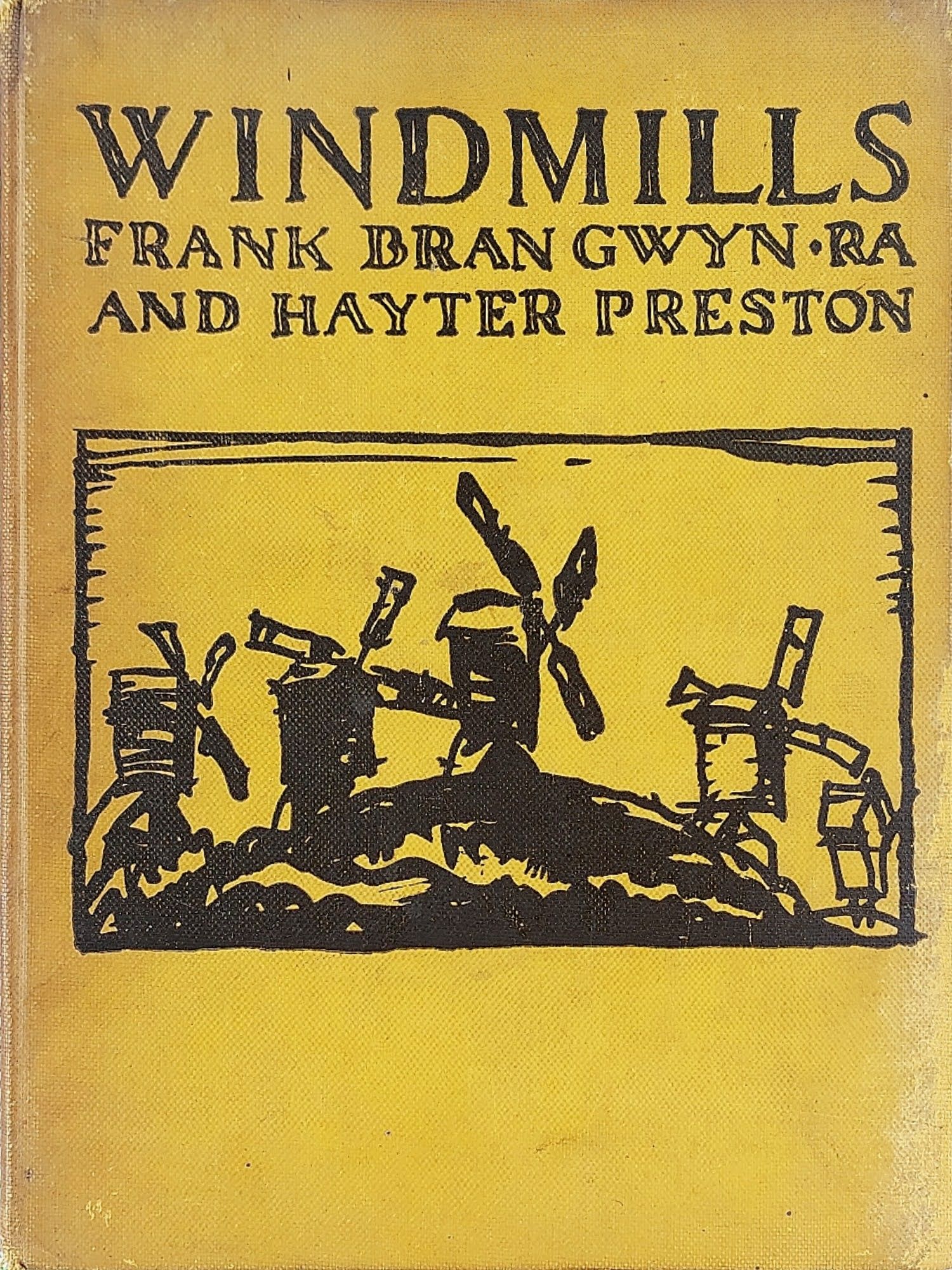I’ve always found windmills enchanting. There is something mesmerising and almost magical about the way they move. And, it's made all the more incredible when you think about how humans learnt to harness the immense power of the wind to grind their grain into flour, pump water and, nowadays, even make electricity.
Here in the Algarve, many crafty old Portuguese men still know how to make little ‘toy’ windmills out of what's called ‘Cana Algarvio’ (Arundo donax L). It may have been many years since they made one, but if you ask them about it they will often break out into huge smiles remembering their childhood and the joy of learning to whittle one out of this abundant local plant and running around with it twirling in the wind.

These ‘moinhos de vento’, as they call them, also have a more practical use. Not only do they let you know which way the wind is blowing, but if you plant them in your garden they tend to spiral around - making the birds think twice about eating your vegetables.
A few years ago, I was out for a walk in the countryside when I found a field full of them. I was completely fascinated and went home determined to make one myself. After much trial and error, I finally managed to get a particularly strong gust of wind to set one (briefly) spinning. I’ve been hooked ever since.

Gradually refining my technique, I even took to leaving them in various places across the Algarve with the idea that they might bring a smile to the face of anybody who might come across them.
But alas, the world is a dangerous place for a rogue windmill. I’m always thrilled to find them still spinning on my return but more often than not they get smashed or simply disappear (hopefully to a new home). Sometimes however, I come back to find people have mended them. Or added their own little touch or addition. Once, I even came back to find someone had painted it beautifully from tip to tail. And, more recently, I found one that, instead of the feathers in its tail I had left it with, has now become very patriotic and is proudly flying the Portuguese flag.
It's been a very enjoyable hobby and I did think that it was a shame that people might be forgetting what fun it is to make them. I was very pleased, therefore, when I recently wrote a story about a craft shop in the backstreets of Loulé (Projecto TASA - Thinking outside of the Traditional Box) and found that they are still making these little windmills and doing workshops where they teach kids to make them too.

I don’t know. There’s just something about windmills that I can’t quite put my finger on. However, the introduction to this book, published almost 100 years ago, gets it just right…
Windmills & sailing ships
"Man, in his effort to harness the forces of nature, has produced two beautiful wind-drinking contrivances - The windmill and the sailing ship. There is a beauty, individual and uncounterfeitable, in every sailing ship and windmill, a charm direct and personal as the charm of a friend.
In spite of their solid bodies and mundane purposes, there is about them an indefinable spirit, something elemental, fluid, other-worldly. A sailing ship traversing the ocean is to me as wonderful and mysterious as a meteor crossing the heavens, and windmill sails revolving against the blue and green quiet lands arouse in me feelings as deep and mystical as those with which I regard the remote and whirling stars.
The sailing ship and the windmill are both essentially romantic creations. The one defying and thwarting the ungovernable fury of the sea; the other stemming the tide of the mighty wind with its frail fingers.”













